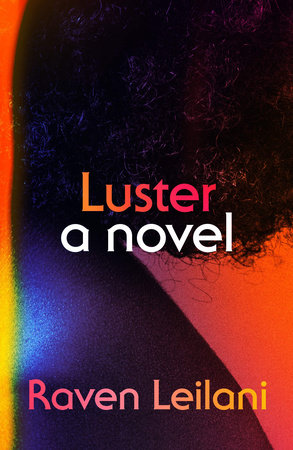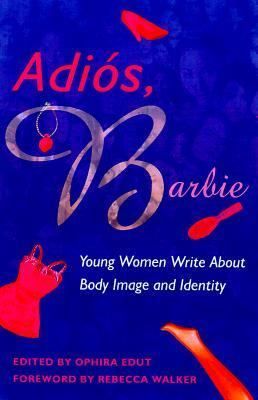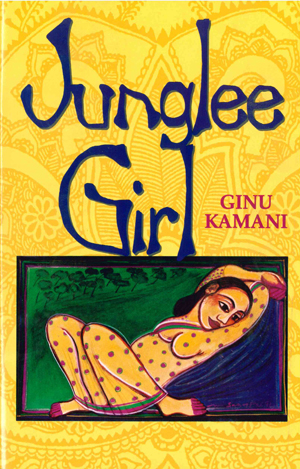Electric Lit relies on contributions from our readers to help make literature more exciting, relevant, and inclusive. Please support our work by becoming a member today, or making a one-time donation here.
.
I am always in awe of people with big imaginations, who are able to really make stuff up. For a writer, I think I have a very terrible one, which is why I am always setting my stories, whenever I can, in my own city, right on my street, in my childhood bedroom.
Place, its vivid particulars, often elude me, I thought—though recently I realized that every one of my stories is set very specifically inside a body, and the world within it, the weathers of consciousness and mood, and the intensity of the senses. The setting of the stories in A House Is a Body, more than any particular city or room, is the body of my character—what happens to and through it. The body in question is most often a woman’s.
The great books from which I learned to write contained many women’s bodies. They were often beautiful bodies, and very captivating, or else they were ugly and therefore uninteresting—they contained flighty and irrational or ardent and empty creatures that held little value beyond their beauty or lack of it. Now the books I read more often, and the books I continue to learn from, and to love, investigate the complexity of the insides. These books take the body—women’s bodies—seriously, allowing it to be an organ of both thought and sense. Here are some of my favorites.

The Kitchen in the Corner of the House by Ambai
“Her body was the river. It was itself the shore. It was the hunter and the hunted; the path and the goal” I am astonished and moved by the deep wisdom of these stories, the clear-eyed tenderness and humor. Ambai is an explicitly feminist author, concerned with the lives of women, yet her expansive stories never feel didactic, just true.
Junglee Girl by Ginu Kamani
Like the title suggests, these are wild stories about disobedient bodies, pressing up against the strictures of society and realism. In one of the collection’s most memorable stories, “The Cure,” a girl begins to grow into a giant as she passes through adolescence, keeping measure with her growing sexuality. Many of these stories explore the many aspects of sexuality and desire of their women characters, with an understanding of the strangeness, and even the grotesque nature of having a human body.

Luster by Raven Leilani
In Luster, hunger, longing, desire, pleasure, discomfort, pain and alienation are all brilliantly, physically expressed in the protagonist Edie’s body—literally in her gut. The brilliance of this book (or, one element of it) is the way issues of race and power are felt so physically, and rendered so intimately you feel them in the pit of your own stomach.
Belly Up by Rita Bullwinkel
“There is only so much of your body you can ruin,” the narrator of “Black Tongue” says, having stuck her tongue in an electrical socket in a demented act of childhood defiance. These stories look keenly at the body’s capacity for ruin, decay, and transformation, often probing a beautiful surface to reveal a dark, complicated interior.
Fierce Attachments by Vivian Gornick
“In that instant I felt myself open wide. My insides cleared out into a rectangle, all clean air and uncluttered space, that began in my forehead and ended in my groin…” The sensual intensity of Vivian Gornick’s memoir is encompassing from the very first page, each scene remembered, it seems, as much through her eyes and ears as through her nerves. But it is the way she recounts the development of her consciousness as a writer and a thinker that I find the most stunning, for she locates this abstraction physically and concretely: inside her own body.
Dropping the Bow: Poems of Ancient India translated by Andrew Schelling
These poems, some a thousand years old and written by several authors, some anonymous, nonetheless carry a vivid sense of aliveness I find very moving. Sex is the primary subject of these poems, treated with seriousness but also with a sense of play; women both desired and desire in these poems, their pleasure at the heart of them.

Adios, Barbie edited by Ophira Edut
In high school, I checked this book out so many times from the library that my mom finally bought it for me. The bodies in Adios, Barbie are brown, queer, differently-abled, fat, and wholly, defiantly themselves. Finding some element of me in each of these bodies profoundly changed the way I saw myself. (And bonus! It includes an indelible early essay from Mira Jacob, the Desi big sister I wish I had.)





